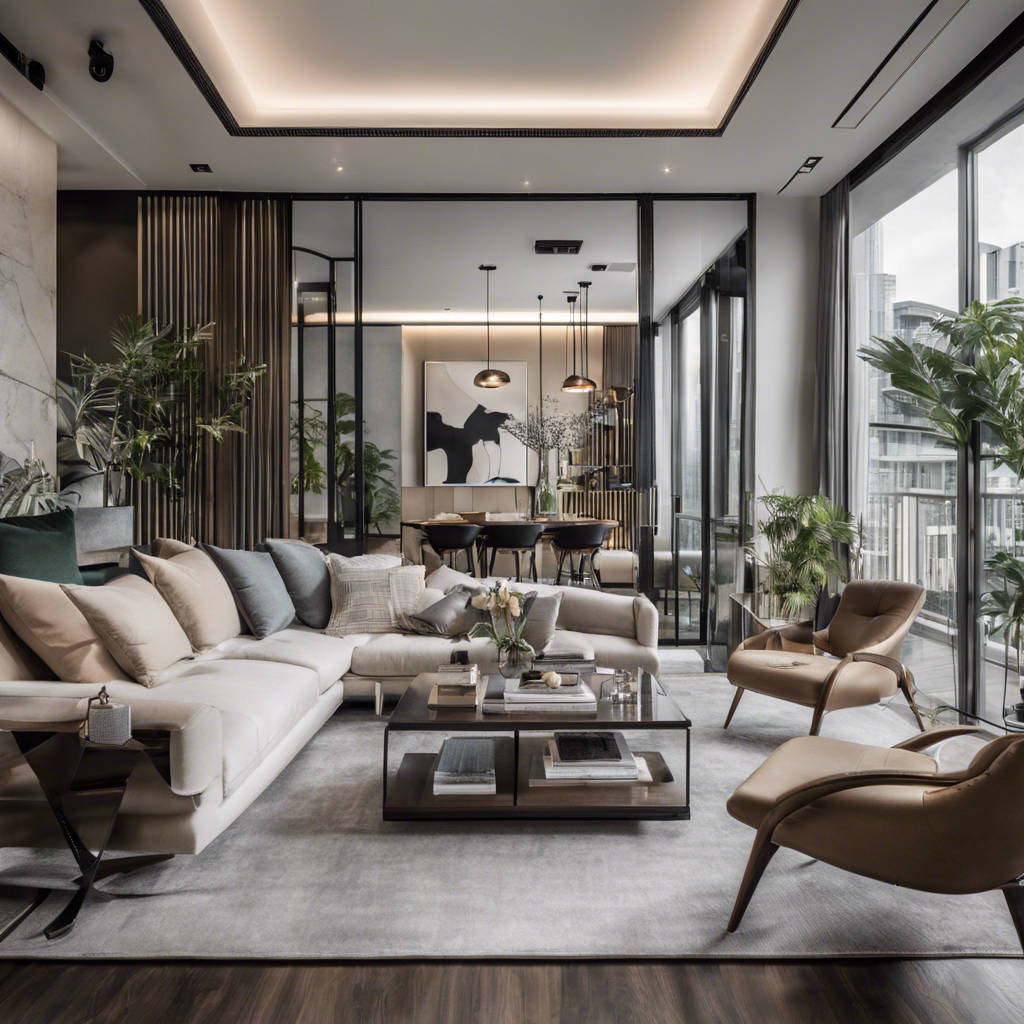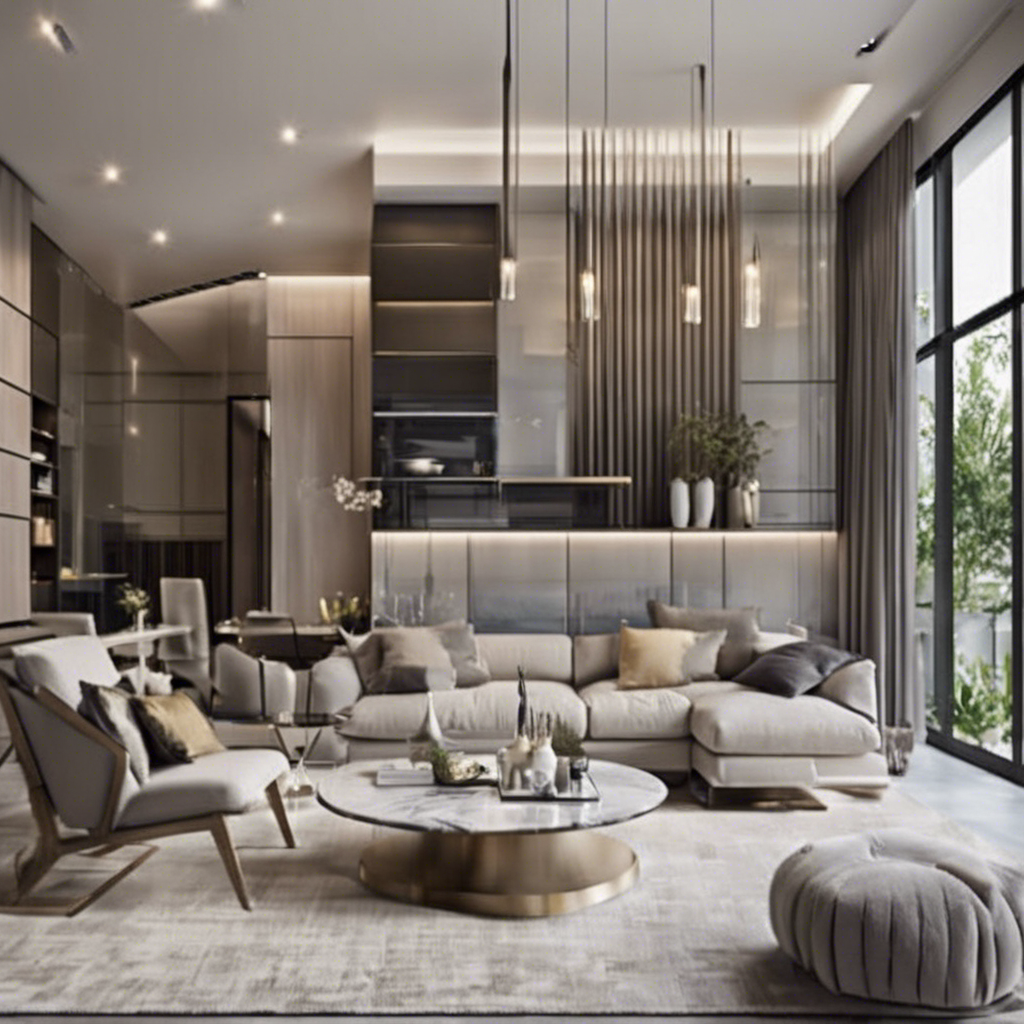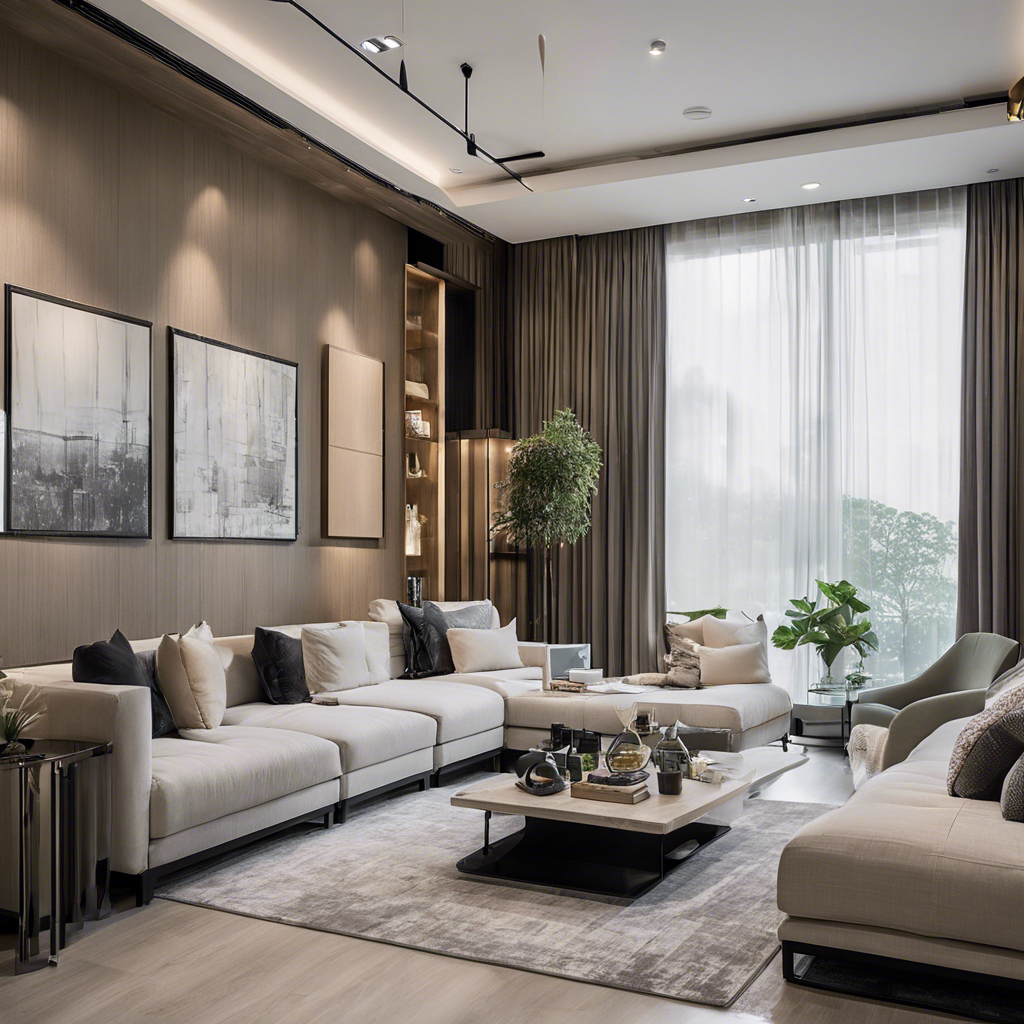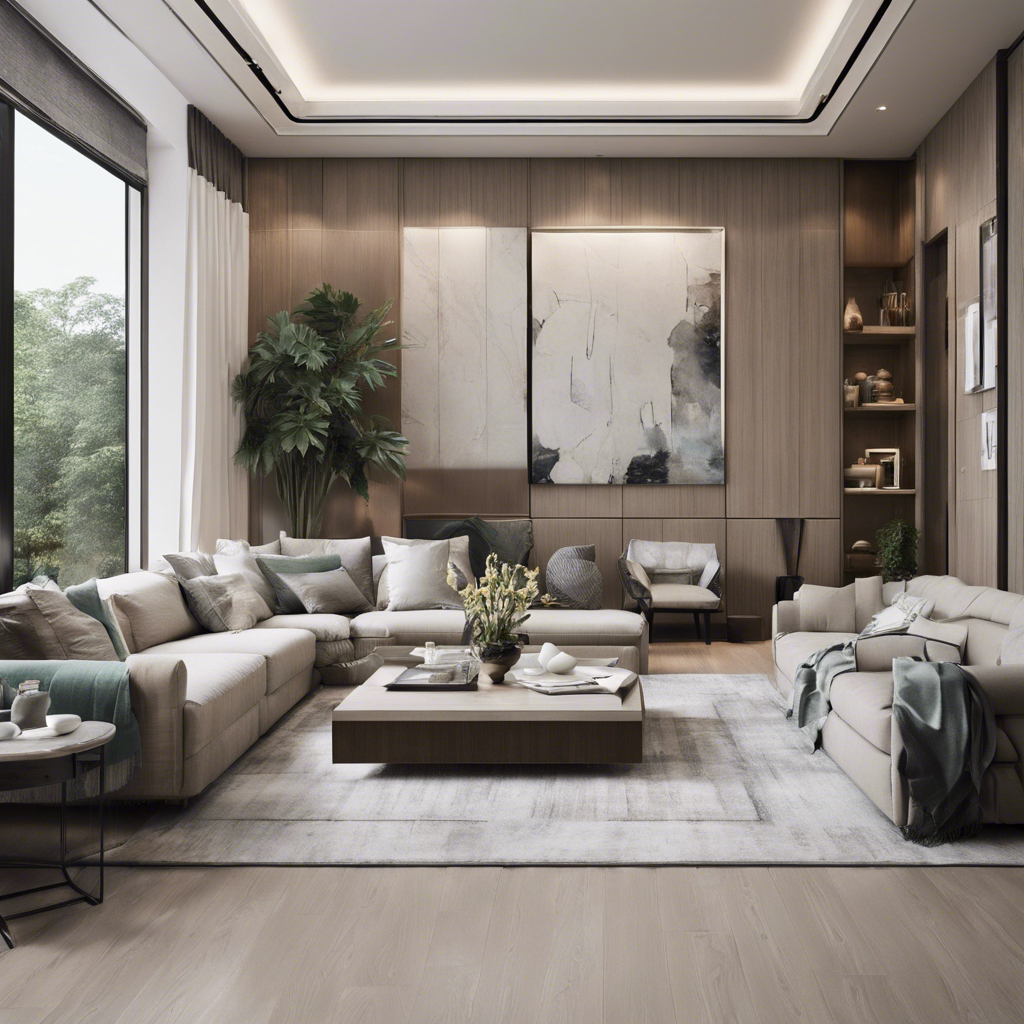Details

The Mutual Benefits of Interior Design for Property Investors and Homeowners in Singapore
In the dynamic real estate landscape of Singapore, the role of interior design transcends mere aesthetics; it serves as a pivotal factor contributing to the success of property investments and enhancing the quality of homeowners' lives. With its strategic importance, the symbiotic relationship between interior design, property investors, and homeowners has become increasingly evident. Here, we explore how interior design benefits both parties, creating a win-win situation in Singapore's competitive property market.

Enhancing Property Value and Attractiveness
For property investors, the allure of maximizing returns on investment is paramount. In Singapore's bustling real estate sector, where competition is fierce, interior design can be a game-changer. A well-designed interior not only enhances the aesthetic appeal of a property but also significantly increases its market value. Investors leverage interior design to differentiate their properties in a crowded market, thereby attracting potential buyers or tenants.
In a city where space is a premium, efficient and aesthetically pleasing interior design solutions can make smaller properties appear more spacious and functional. Smart space utilization, ergonomic designs, and the use of contemporary materials contribute to creating spaces that appeal to the discerning tastes of prospective buyers or tenants.

Meeting Diverse Lifestyle Needs
Singaporean homeowners seek more than just a roof over their heads; they desire spaces that reflect their lifestyles and aspirations. Interior design plays a pivotal role in transforming houses into homes that resonate with the occupants' personalities and preferences. Whether it's incorporating elements of Feng Shui for harmony and balance or embracing minimalist designs for simplicity and functionality, interior designers tailor solutions to meet diverse lifestyle needs.
Moreover, with the growing emphasis on sustainability and eco-conscious living, homeowners increasingly prioritize environmentally friendly design elements. From energy-efficient lighting systems to the use of eco-friendly materials, interior design allows homeowners to reduce their carbon footprint while creating spaces that promote well-being and sustainability.

Maximizing Functionality and Comfort
Functionality and comfort are non-negotiable aspects of modern living, and interior design serves as the conduit for achieving these objectives. Through thoughtful spatial planning, ergonomic furniture layouts, and intuitive design solutions, interior designers optimize the functionality of living spaces, making them conducive to daily activities and routines.
In Singapore's tropical climate, where heat and humidity are constants, interior design can play a pivotal role in ensuring thermal comfort within residential spaces. Incorporating natural ventilation, strategic placement of windows, and the use of cooling materials contribute to creating interiors that remain comfortable year-round, thus enhancing the overall livability of homes.

Conclusion
In Singapore's dynamic real estate ecosystem, the symbiotic relationship between interior design, property investors, and homeowners is undeniable. While investors leverage interior design to enhance property value and attractiveness, homeowners benefit from spaces that cater to their lifestyle needs and prioritize functionality and comfort. As the demand for well-designed residential properties continues to grow, interior design emerges as a critical differentiator, fostering a harmonious balance between investment objectives and living aspirations. In essence, the collaboration between interior design, property investors, and homeowners epitomizes the convergence of art, functionality, and investment savvy in Singapore's vibrant real estate landscape.

